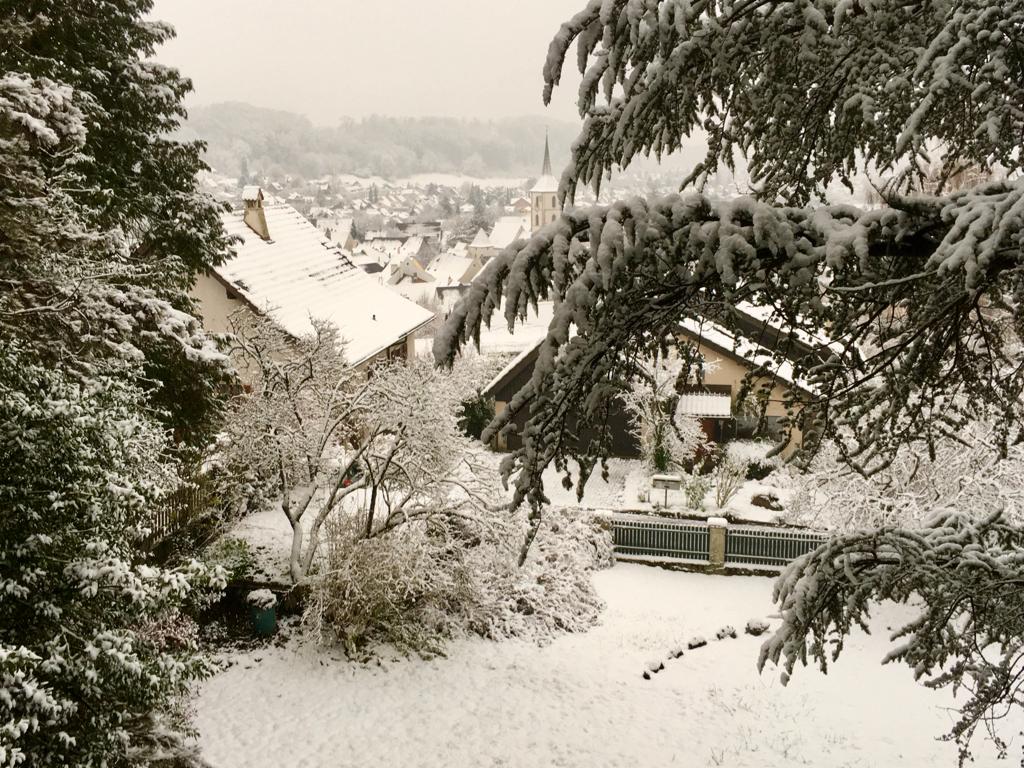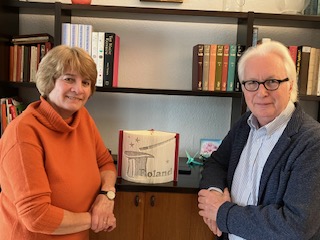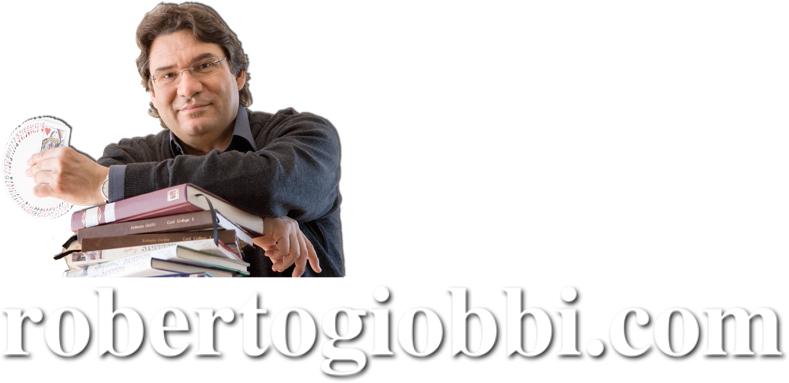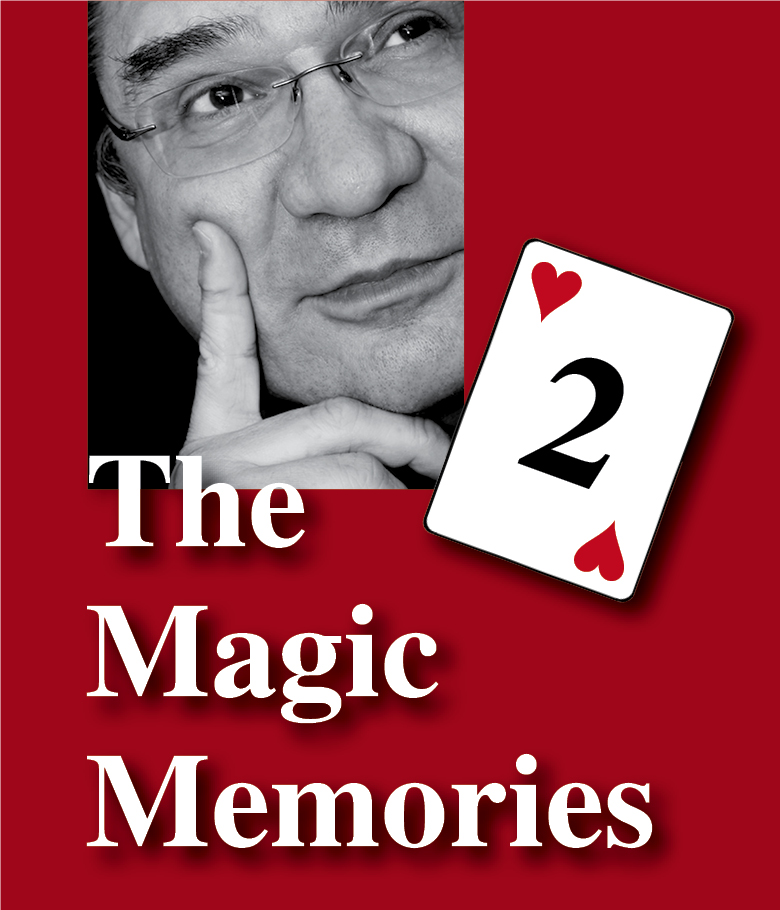
Hello everyone!
Today’s topics are: Snow In Muttenz; “Old” Stuff – An Impromptu Trick; Rules in Art; Preview to Strotmann’s Magic Lounge; A Professional’s Travel Advice
These are The Magic Memories 102, gone online Sunday, December 11th, 2022, at 0:07h sharp.
Snow in Muttenz
I’m about to leave for a show tonight, fortunately near by, BUT yesterday it started snowing, and below is how it looks from my studio, at the top of the house.
In the near background you can see the town of Muttenz, in the far background beneath the mist, France, and a bit to the right Germany, all seen from Switzerland.
Due to snowfall I need to leave earlier, so these Magic Memories will have to be shorter – I’ll catch up next week, hopefully 🙂

“Old” Stuff – An Impromptu Trick
In one of his lecture notes Gaetan Bloom, one of the most creative people in our specialty, writes the following:
…the more I try to find new things, the more I discover that almost everything has already been invented by old masters.
So, in one word, if you want to find new tricks… read old books… A gold mine of ideas is in there.”
I couldn’t agree more, even though not having even a fraction of Gaetan’s inventive genius.
I ran across these lines as I was sorting out a huge pile of old lecture notes and pamphlets, mostly “minor” publications that had a low run, so reached only few.
In one of them, Trickkiste Nr. 6 by Jochen Zmeck, a famous performer and prolific author from the former German Democratic Republic (talk about misnomers…), and whom I had the pleasure of meeting once when he gave a lecture at our magic club in Basel many years ago, is the following idea (my own rendition of a German text):
The performer tears three pieces of paper from a newspaper, rolls each into a ball, and then places them on the table.
He next asks the guests at the table – say five or seven – to each hand you a personal object: These are then placed on the table in a row (e.g., a watch, a key, a ring etc.).
A female spectator is asked to choose anyone of the visible objects, a male spectator to choose one of the three paper balls.
Let’s assume the lady chooses a finger ring. Next the gentleman chooses one of the three balls of paper, which, upon being opened, reveals… a finger ring! The other paper balls are, obviously, empty.
Method?
The Conjuror’s Choice! Twice!
I think that’s a neat “impromptu” piece we might try after-dinner on the occasion of the upcoming festive days 🙂 Seriously, try it, as I think this will produce a very favorable reaction.
Rules in Art
Can there be rules in any art? Here is what I wrote in Sharing Secrets (p. 128):
Although it is true that there are no rules in Art, it is also true that, to learn a discipline, regardless of what type, following certain guidelines will make the process easier. Inspired by Henri Decremps (1746-1826), who in 1786 published his thirteen “Principes généraux – General Principles” in his landmark Testament de Jérôme Sharp, and which would influence the future of magic, we have reviewed this advice, based on our own experience as a professional performer, author and teacher, with the hope that it may lead the aspiring magician to success. Once you have reached the degree of master of magic, you can safely break any of these rules, but until then we are confident that for once thirteen will be a lucky number for you.
To save you the time to look them up in the book – as a reader of this blog you certainly own a legal, printed copy 🙂 – CLICK HERE to read the PDF.
(1) Never set aside any accepted rule, unless it is absolutely necessary to do so for some clearly defined reason.(2) Always endeavor to form an accurate conception of the point of view most likely to be adopted by a disinterested spectator.(3) Avoid complexity of procedure, and never tax either the patience or the memory of the audience.(4) Never produce two simultaneous effects, and let no effect be obscured by any subsidiary distraction.(5) Let each magical act represent a complete, distinct, and separate entity; compromising of nothing beyond one continuous chain of essential details, leading to one definite effect.(6) Let every accessory and incidental detail be kept well “within the picture,” and in harmony with the general impression which is intended to be conveyed.(7) Let nothing occur without an apparently substantial cause, and let every potential cause produce some apparently consequent effect.(8) Always remember that avoidable defects are incapable of justification.(9) Always remember that a plea of justification is ordinarily an acknowledgement of error, and consequently demands every possible reparation.(10) Cut your coat according to your cloth, but spare no pains in the cutting, or your procedure cannot be justified.(11) Always remember that a notable surprise is incapable of repetition; and that the repetition of an effect, of any kind whatever, cannot create surprise.(12) A minor conception ordinarily demands the cumulative effect of repetition; a conception important in itself should usually create a distinct surprise.(13) The simultaneous presentation of two independent feats is permissible when one of them is associated with cumulative effect and the other in a final surprise.(14) Unless good reason can be shown, never explain, UPON THE STAGE, precisely what you are about to accomplish.(15) When presenting an effect of pure transition, the first and most important essential is the avoidance of every possible cause of distraction.(16) When an effect of transition ends with a sudden revelation or surprise, the course of the transition should be punctuated by actions or sounds leading up to and accentuating the final impression.(17) In every effect of pure transition, the beginning and end of the process involved should be distinctly indicated by some coincident occurrence.(18) In each presentation, the procedure should lead up to culminating point of interest, at which point the magical effect should be produced and after which nothing magically interesting should occur.(19) When a presentation includes a number of effects in series, the final effect should represent a true climax, and its predecessors successive steps whereby that climax is reached.(20) When Magic and Drama are combined in one presentation, the stage procedure should primarily be governed by Dramatic requirements of the case, rather than the normal principles of Art in Magic.(21) When, in a combination of the two arts, the primary requirements of drama have been satisfied, all subsidiary details of procedure should be dictated by the normal principles of Art in Magic.(22) No magician should ever present, in public, any magical feat in which the procedure cannot be, or has not been, adapted to his own personal characteristics and abilities.(23) Never attempt, in public, anything that cannot be performed with the utmost ease in private.(24) Never present in public any performance which has not been most perfectly rehearsed—first in detail, and finally as a whole.Wish everyone an excellent week!
Festive food for thought.
Preview to Strotmann’s Magic Lounge
I’m just back from a short trip to Stuttgart and will tell you a bit more in the upcoming The Magic Memories (103): A visit at Thorsten Strotmann’s Magic Lounge, an exceptional “Close-up” theatre that takes 199 seats, yes, close-up for 199, no typo…

… and how Barbara personalizes her Orimotos now: Orimoto is a book where every page is hand-cut to result in a relief motif (my definition…).

A Professional’s Travel Advice
After my “Giro d’Italia” report (see The Magic Memories 100) I was asked if I had more travel tips to give for travelers.
Yes, I do, check to make sure you don’t pack the cat, as at airport security they don’t let live animals through…

All back issues of The Magic Memories can be found HERE.
Chat again next Sunday – until then take care and do good magic 🙂
All the best,
Roberto Giobbi


so nice to read all your memories
Merci Roberto !